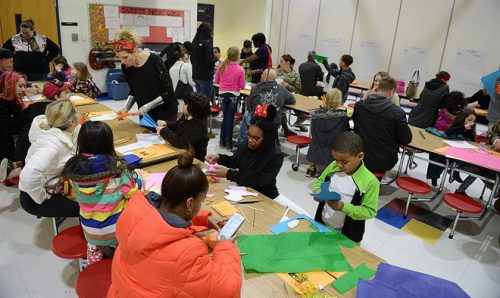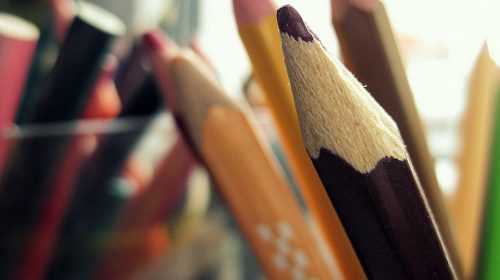
The idea of inclusive education is viewed as a better way for children to put down barriers set up by racism. In an inclusive classroom, children with and without disabilities learn together the basic concepts and necessities of life. The goal is to avoid discrimination, where no one gets above the rule regardless of the physical or mental capabilities. “Successful inclusive education happens primarily through accepting, understanding, and attending to student differences and diversity, which can include physical, cognitive, academic, social, and emotional,” Lilla Dale McManis, PhD explains.
One of the challenges for teachers all the time is the shy and intimidated behavior of students once they hear the word ‘school.’ When it comes to inclusive education, there is an added burden. After resolving the “I don’t want to go to school” tantrums, the challenge is for these children to mingle with each other without the shyness and classmate-to-classmate intimidation.
Aside from the stereotypical look of a ‘teacher,’ what scares the children generally is the unfriendly setting of the classroom itself. In an inclusive environment, teachers should keep in mind the needs of special children. These kids are still learning. Inclusive education, however, doesn’t mean that they should be expected to perceive things like their normal peers.
Check the items below to find out what can make an inclusive classroom look more engaging, non-discriminating, and friendly.
Large Pads And Colorful Sets Of Papers, Pencils, Crayons
Children are generally attracted to colorful stuff, and this is a fact. Inclusive classrooms, however, don’t need too many bright-colored items as they may lead to the all-time distraction of students.
Large sets of crayons have been proven to be effective in engaging the children to be more creative and to unleash their artistic skills. These large and colorful materials get their attention to keep them occupied at times and avoid ‘bored’ tantrums.

Elaborate Visuals
It is always much better to accompany lessons with something that will grab the students’ mindset. “Visual aids arouse the interest of learners and help the teachers to explain the concepts easily. Visual aids are those instructional aids which are used in the classroom to encourage students learning process,” Naqvi Hamad PhD and co-authors wrote. Visuals or manipulative teaching materials can ignite these children’s curiosity and show real interest in the subject being tackled.
Moreover, kids with special needs may have a hard time comprehending any verbal activity. A good set of visual or simulation is much better to demonstrate what needs to be taught – without prioritizing anyone from the mixed group of students.
Highlighter/Reading Strips
Aside from being an added attraction to invite a child to read more books, these reader trackers can help those with disabilities avoid skip lines and texts of a page. This can also aid in their reading comprehension ability.
Gadgets
There are a lot of available educational apps that can be found online for free! Technology can pass as visuals and more often than not, they have the power to engage a child in the usually dull subjects in school (Math for example).
Wall Decoration
As for the walls, it is best to keep it simple and not too cluttered with bright colors. Teachers can set up or post a reward bulletin on one side, giving each of the children awards for where they excel in. Moreover, educators can also post a set of short rules on one part of the wall.
Also, note that the color of the wall (or anything that will be put on it) will not give off any gloomy vibe or lousy lighting to the whole room.
“Young children spend a lot of time — usually the whole day — in the same classroom, and we have shown that a classroom’s visual environment can affect how much children learn,” said Anna V. Fisher, Ph.D.
It is also important to keep in mind that inclusive classrooms are not there to cater to the special children’s needs explicitly. There should be no segregation of kids – everyone gets the same instructions. Inclusive classes, after all, are the best miniature of a racism-less world.